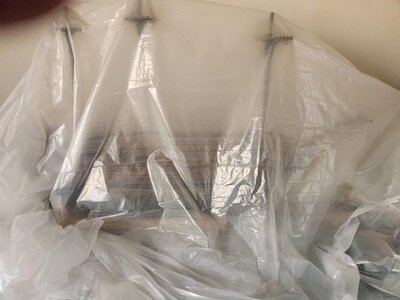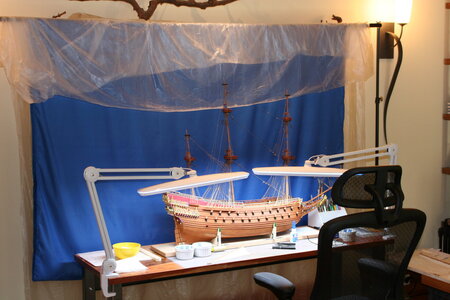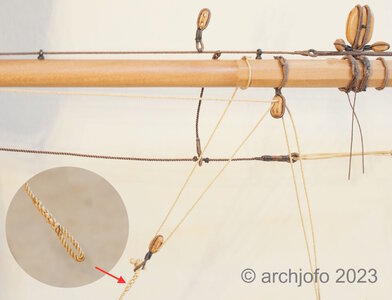Hello friends of model building of historical sailing ships,
at this point I would like to thank you very much for your interest in my construction report. Thank you also for your contributions and tips.
Continued: Equipping the main topsail yard - footropes and stirrups - Marchepieds et étriers etc.
The garden has been "tidied up" and made ready for the winter. Everything has also been done in the house. The days have become shorter and motivation is at a high level again.
So I'm continuing where I left off a good 2 months ago, with the footropes in the main topsail yard.
In the meantime, I have carried out further research into the design of the footropes and stirrups for this yard and have therefore decided, contrary to my previous assumptions (see sketch in previous reports), to attach two stirrups to each half of the yard. I will therefore move the outer attachment points of the footropes further inwards.
What seems important to me in this context is the fact that even with such inconspicuous details as the footropes, the following principle must be observed: the higher up in the rigging, the more delicate the rigging elements, such as ropes, thimbles and blocks, become.
This is why the following picture shows the difference between the stirrups of the main yard (top left in the picture) and the main topsail yard, which is quite recognizable.
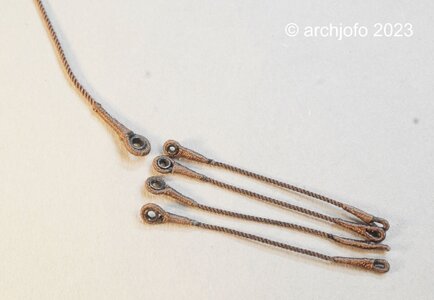
On the next picture you can see the finished footropes with the stirrups of the main yard and one or the other detail in an enlargement. The footropes have a diameter of 0.54 mm for the model (original size ø 26 mm), the stirrups ø 0.48 mm (ø 23 mm).
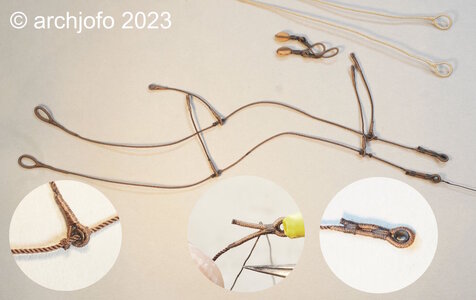
After attaching the footropes with the stirrups and the rest of the equipment, such as the brace blocks and the lifts, I also attached the sheets, clewlines and the ropes for the reef tackle.
The length of the clewline blocks for the main topsail yard for the model is 4 mm, as can be seen in the next picture. The block strops are already lying next to it, ready to be tied in.
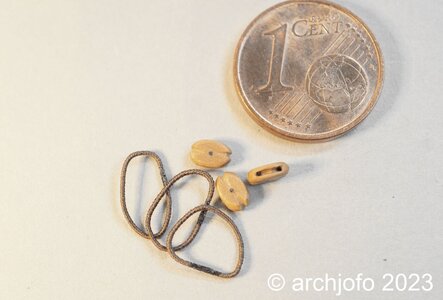
Since I do not attach sails to my model, I connect the sheet ends (eye splices) to lower clewline blocks with toggle, as seen on the Paris model and various contemporary models. Apparently the French preferred to use toggles (cabillot d'armarrage) to connect the clews to the sheets.
On the other hand, the stopper knot was obviously widespread among the English, at least that was my observation. Unfortunately I can't prove that.
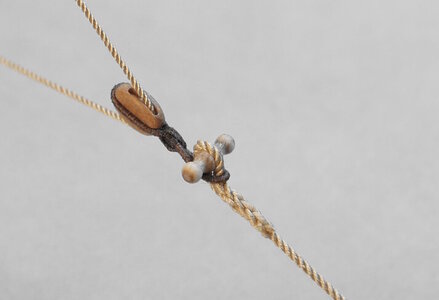
I made these little toggles from dogwood, one of the hardest native woods, which is very suitable for turning and polishing, so ideal for this purpose.
The following illustration shows the eye splice of a sheet for the main topgallant sail (0.40 mm), which will later be connected to the clewlines of the main royal sail using a toggle.
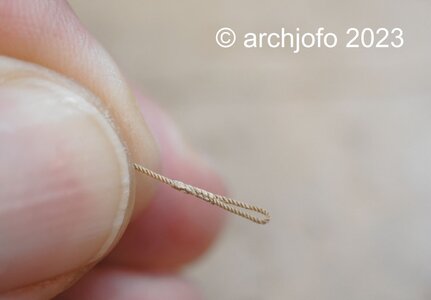
At the moment I'm still working on the main topsail yard, as you can see in the following picture.

The last picture shows the back part of my “rigging workshop”. On the one hand, you can see the yards and spars that have not yet been equipped, and on the other hand, various rigging thread and a few rigging utensils, always ready to hand.
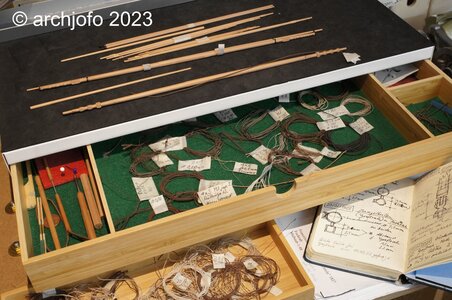
By attaching the studding sail booms, the main topsail yard will ultimately be fully equipped.
Sequel follows …





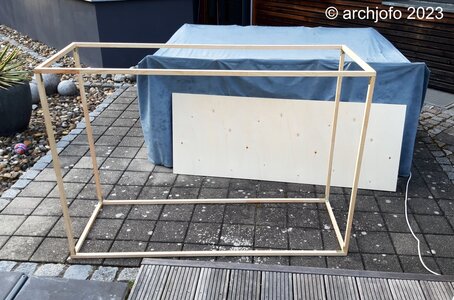
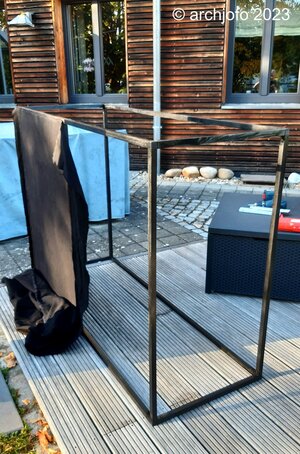
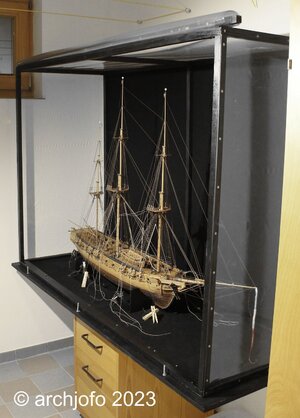
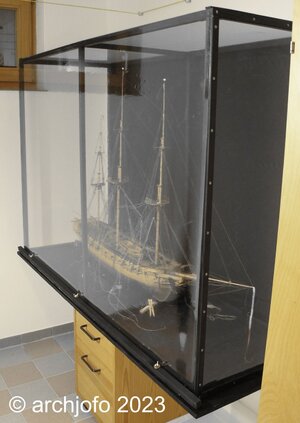


 Not elaborate in any way, but keeps the dust off.
Not elaborate in any way, but keeps the dust off.